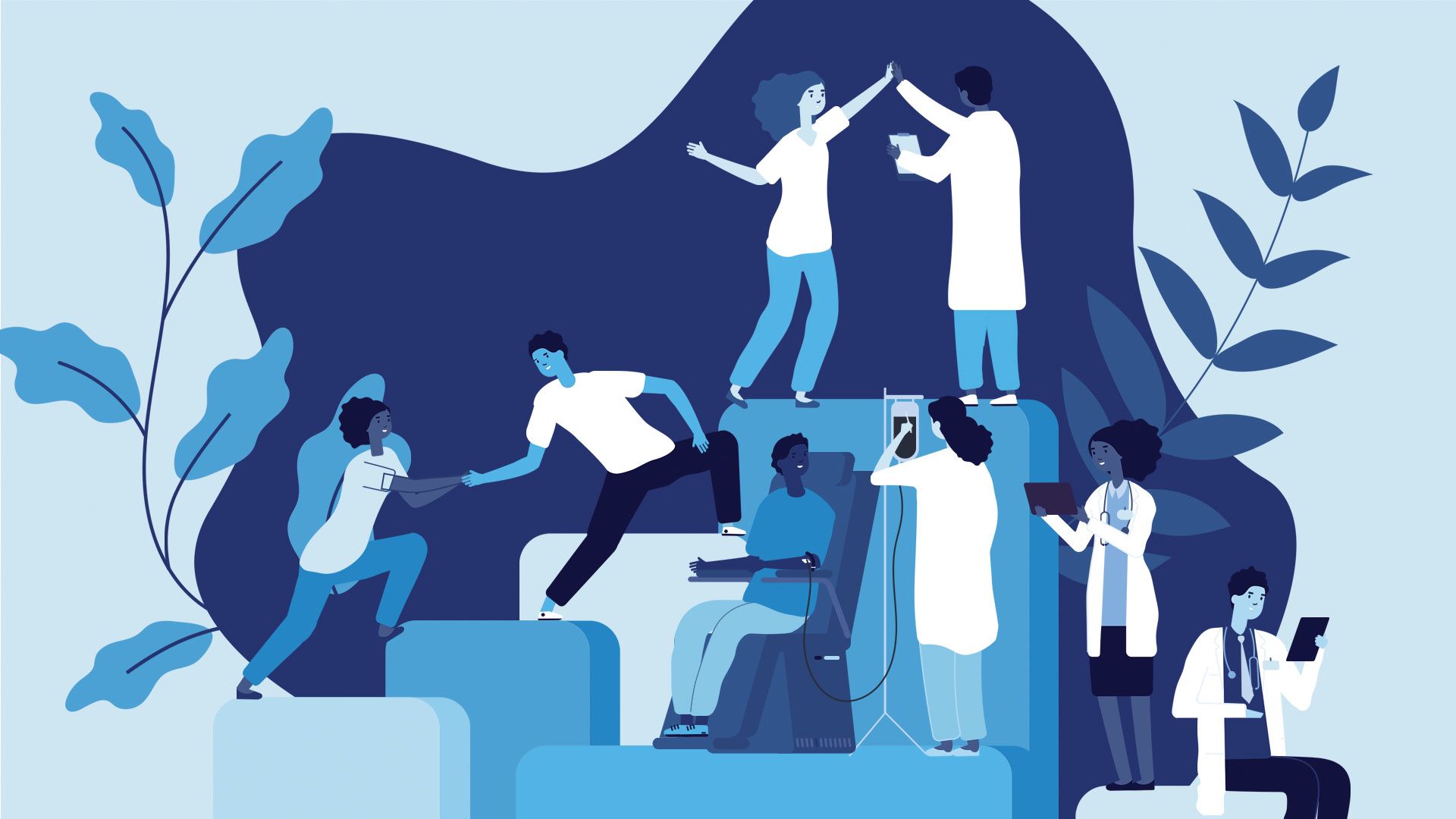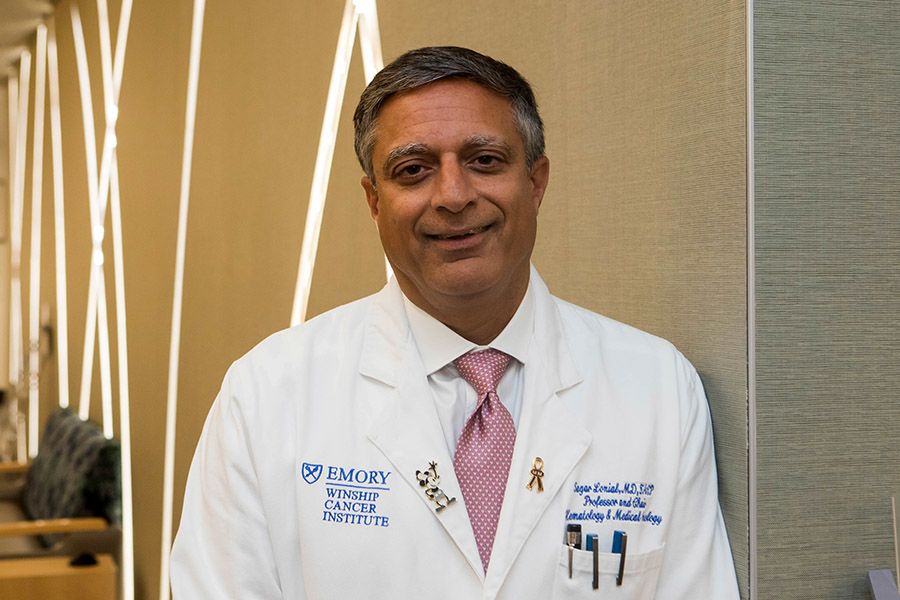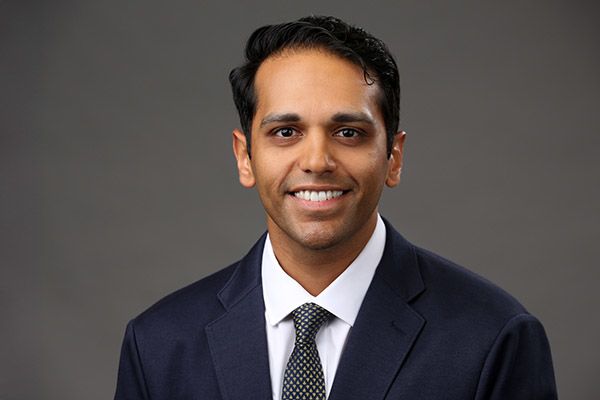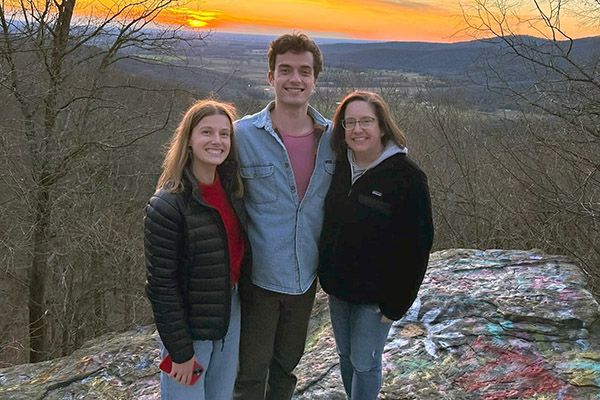Clinical Trials Improve Cancer Care Today and Tomorrow
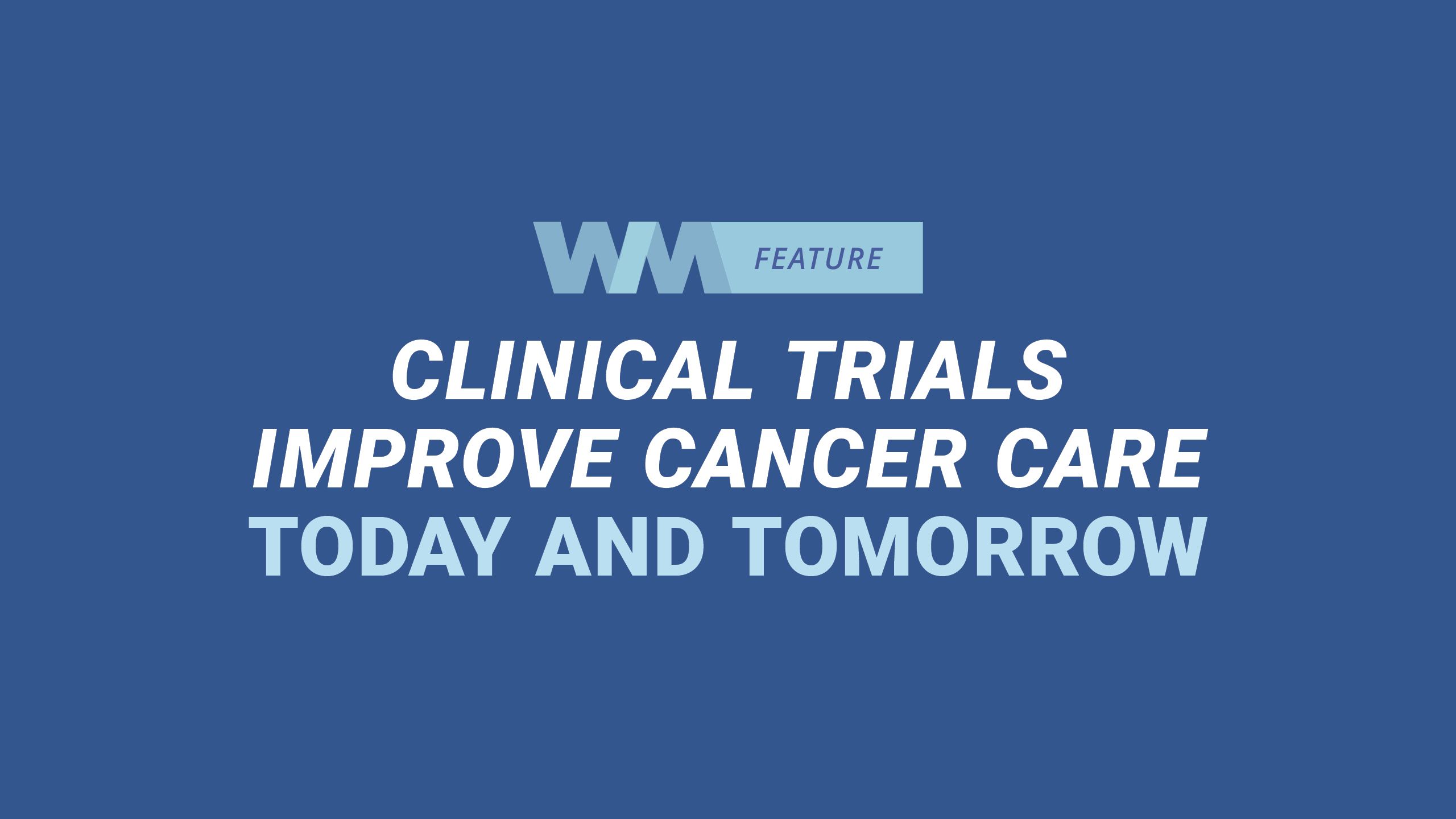
Changing Cindy’s outlook on life

When Cindy was diagnosed with multiple myeloma in 2008, she says that she and her family were determined to do “absolutely everything we could to have a successful outcome.” After her doctor referred her to Winship Cancer Institute of Emory University, Cindy was offered the opportunity to participate in a clinical trial testing a new treatment.
She discussed it with her family and decided to accept the offer. “When you hear something is incurable,” Cindy says, “you want to throw everything you’ve got at it.” She was inspired by her two then-small children and her husband—“my rock,” she calls him. “It was at that point, when you look at the kids, you think that’s a no-brainer.”
Participating in the trial wouldn’t be convenient with the children and living two hours away. But family, friends, “everybody kind of rallied,” Cindy says. “The biggest thing that would have held me back would be the time away from my family. But the family was the reason I was doing the clinical trial.”
Cindy’s doctor at Winship was Sagar Lonial, Winship’s chief medical officer, the Anne and Bernard Gray Family Chair in Cancer and professor and chair in the Department of Hematology and Medical Oncology at Emory University School of Medicine. “The changes and progress we’ve made in multiple myeloma over the last 20 years have been amazing,” Lonial says. “And much of that is a consequence of clinical trials.”
Cindy during an exam with her doctor, Sagar Lonial
Cindy during an exam with her doctor, Sagar Lonial
Lonial says that Cindy is a great example of someone who has benefitted tremendously from clinical trials. At the time she was diagnosed, the projected survival rate for someone with multiple myeloma was in low single digits. At this point Lonial has known and treated Cindy for more than 15 years.
Cindy’s decision to join the clinical trial gave her access to a combination therapy not yet available outside the trial. It worked—serving her well for upwards of seven years. She was then able to join another trial.
“The second time around—after such success the first time—I didn’t hesitate,” she says. “If they came to me again and said we want you to do this, I’d say okay. I guess when you’re diagnosed with something terminal and you go and do research and it says two to three years, and here I am at 16.5 years, you trust their judgment.”
Lonial says, “Cindy was fortunate enough to be part of our program, and we were able to give her those things that provided opportunities at remission, but also I think changed her outlook on what life looks like.”
Tomorrow’s treatments today

Cindy is one of many patients who have benefitted from clinical trials, which offer not only access to cutting-edge therapies but also a chance to shape the future of cancer care. What are clinical trials, exactly? Clinical trials are research studies that evaluate new cancer treatments or combinations of treatments aimed at managing, if not curing cancer, or mitigating treatment side effects.
Winship's clinical trials are carefully designed and conducted in four phases:
Phase 1 focuses on safety. Lonial explains, “A Phase 1 trial is saying we know that this drug in the laboratory appears to have some activity. We’re not sure what it does when patients take it, and we don’t necessarily know what the safety profile of that drug is going to be.” Fortunately, Lonial says trial participants today have a much higher chance of receiving clinical benefit from a Phase 1 trial than 20 years ago. The real unknown is the information on side effects.
Phase 2 tests effectiveness, with all participants receiving the treatment. In this phase, Lonial says, “We know that it has a reasonable safety profile. We’re going to test it in a larger population of patients to really understand what that number is. It’s just a matter of how many and how effective the treatment is over the course of that trial.”
Phase 3 compares the new approach to standard treatments in a randomized setting. In Phase 3, the safety and efficacy are known. Now the question is how it compares to other standard treatments. Lonial says, “Patients will either get the new drug or an old drug, or a combination of something that we consider standard. What we’re really trying to see is whether remissions last longer and the response rate is better.”
Phase 4 clinical trials, also known as post-marketing studies, take place after a cancer treatment has received approval from the U.S. Food and Drug Administration (FDA). Their purpose is to evaluate the treatment’s long-term safety, effectiveness and best practices for use across a broader patient population. Unlike earlier phases, Phase 4 studies are typically led by the pharmaceutical or biotechnology companies that manufacture the drug, rather than by institutions like Winship.
Many patients assume clinical trials are a last resort. But Lonial dispels that notion. “If that were the case,” he says, “we would have cured everybody and there would be no side effects.” He adds, “In truth, clinical trials are often an opportunity to access tomorrow’s therapies today.”
Sagar Lonial
Sagar Lonial
For Cindy, the trial opened doors to treatments she otherwise wouldn't have had. Lonial says, “She was facing a situation where she had already been treated with all the FDA-approved agents, either alone or in combinations, and really didn’t have a lot of other choices that were effective. The trial offered a significant benefit when there weren’t many choices left.”
When she needed to switch treatments because those in her first clinical trial were no longer effective for her, Lonial already had another clinical trial to offer her. “We felt pretty confident that there was a chance that Cindy was going to get great benefit,” he says. “She’s exceeded even our expectations for what this was going to look like.”
Even better, Lonial adds, “In the short time Cindy has been on the [second] trial, we’ve already developed new drugs and new targets so that if she needs something else, we’ve got stuff we didn’t have four years ago.”
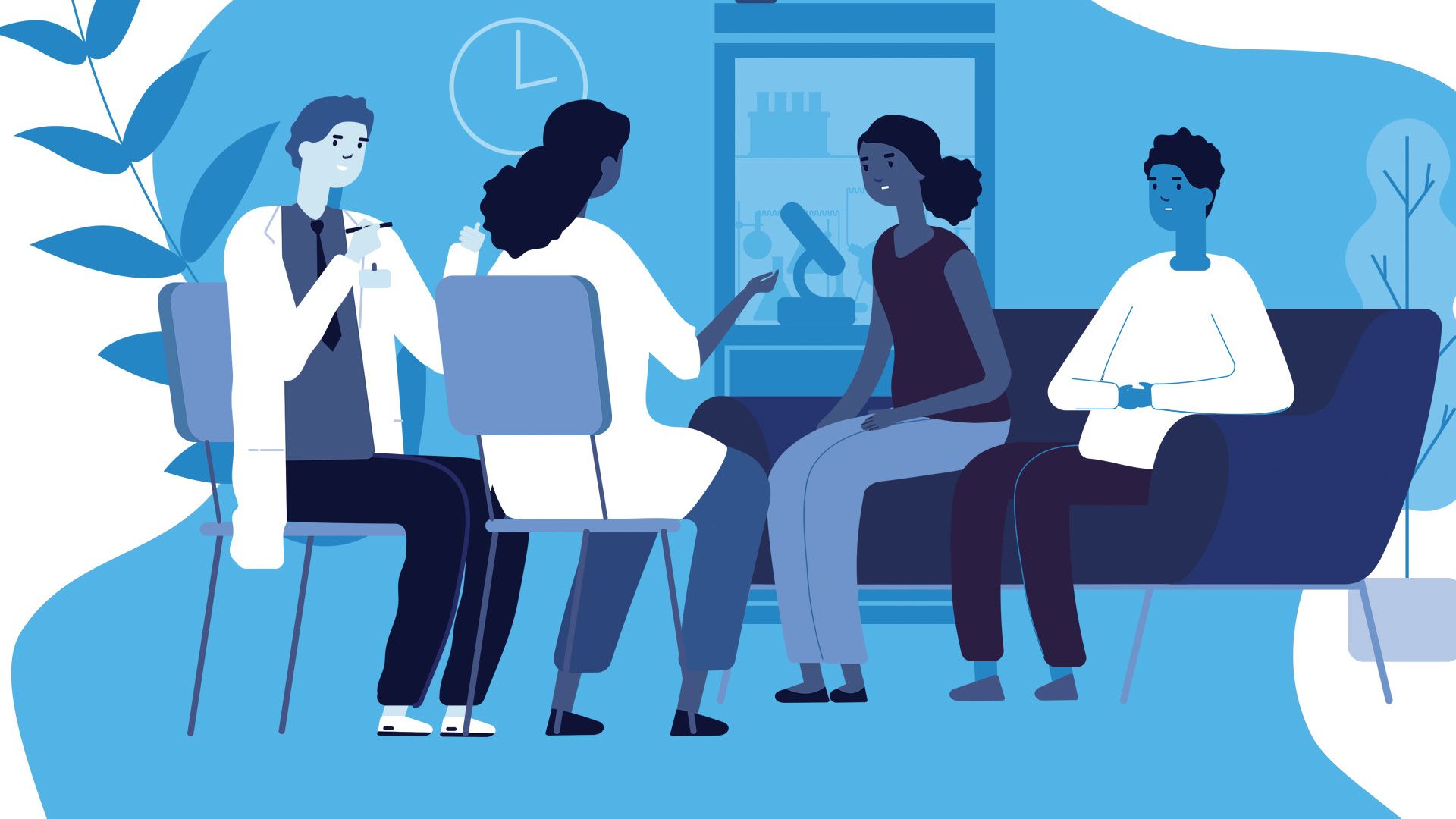
Cindy is one of many patients who have benefitted from clinical trials, which offer not only access to cutting-edge therapies but also a chance to shape the future of cancer care. What are clinical trials, exactly? Clinical trials are research studies that evaluate new cancer treatments or combinations of treatments aimed at managing, if not curing cancer, or mitigating treatment side effects.
Winship's clinical trials are carefully designed and conducted in four phases:
Phase 1 focuses on safety. Lonial explains, “A Phase 1 trial is saying we know that this drug in the laboratory appears to have some activity. We’re not sure what it does when patients take it, and we don’t necessarily know what the safety profile of that drug is going to be.” Fortunately, Lonial says trial participants today have a much higher chance of receiving clinical benefit from a Phase 1 trial than 20 years ago. The real unknown is the information on side effects.
Phase 2 tests effectiveness, with all participants receiving the treatment. In this phase, Lonial says, “We know that it has a reasonable safety profile. We’re going to test it in a larger population of patients to really understand what that number is. It’s just a matter of how many and how effective the treatment is over the course of that trial.”
Phase 3 compares the new approach to standard treatments in a randomized setting. In Phase 3, the safety and efficacy are known. Now the question is how it compares to other standard treatments. Lonial says, “Patients will either get the new drug or an old drug, or a combination of something that we consider standard. What we’re really trying to see is whether remissions last longer and the response rate is better.”
Phase 4 clinical trials, also known as post-marketing studies, take place after a cancer treatment has received approval from the U.S. Food and Drug Administration (FDA). Their purpose is to evaluate the treatment’s long-term safety, effectiveness and best practices for use across a broader patient population. Unlike earlier phases, Phase 4 studies are typically led by the pharmaceutical or biotechnology companies that manufacture the drug, rather than by institutions like Winship.
Many patients assume clinical trials are a last resort. But Lonial dispels that notion. “If that were the case,” he says, “we would have cured everybody and there would be no side effects.” He adds, “In truth, clinical trials are often an opportunity to access tomorrow’s therapies today.”
Sagar Lonial
Sagar Lonial
For Cindy, the trial opened doors to treatments she otherwise wouldn't have had. Lonial says, “She was facing a situation where she had already been treated with all the FDA-approved agents, either alone or in combinations, and really didn’t have a lot of other choices that were effective. The trial offered a significant benefit when there weren’t many choices left.”
When she needed to switch treatments because those in her first clinical trial were no longer effective for her, Lonial already had another clinical trial to offer her. “We felt pretty confident that there was a chance that Cindy was going to get great benefit,” he says. “She’s exceeded even our expectations for what this was going to look like.”
Even better, Lonial adds, “In the short time Cindy has been on the [second] trial, we’ve already developed new drugs and new targets so that if she needs something else, we’ve got stuff we didn’t have four years ago.”
A higher level of care

Patients who participate in clinical trials at Winship don’t just get access to promising new therapies—they also receive what is often described as “standard of care-plus.” Sagar A. Patel, a board-certified radiation oncologist and associate professor in the radiation oncology and urology departments of Emory University School of Medicine, says trial participants are surrounded by a robust care team who closely monitor their health and treatment response in real time. “That close monitoring, the extra vigilance to your side effects and your treatment responses, is a unique benefit to the trial participant,” Patel says.
That extra vigilance and support made a big difference to Clive, another Winship clinical trial participant. “When I realized how simple it was to take the pill every morning, I felt pretty good about that,” he says.
Clive was referring to the hormonal therapy he took in the clinical trial he joined. Such medications are used to lower men’s testosterone while they are undergoing treatment for prostate cancer. Although testosterone doesn’t cause prostate cancer, it can accelerate it once it begins. Depleting a man’s testosterone level can have a variety of unwanted side effects.
Patel says, “This trial allowed us to test a new hormone drug that looks like it improves side effects. It also gives patients more control by allowing you to take it every day as opposed to us giving you an injection that you are stuck with for three to six months.”
Not just a number

Despite the potential benefits of joining a clinical trial, some patients hesitate—fearing they’ll be treated like “guinea pigs.” Both Lonial and Patel are quick to address those concerns. They also reassure patients that their participation in a clinical trial is totally voluntary, and they are free to leave at any point.
Patel says, “When a patient is offered a clinical trial, sometimes the immediate reaction is, ‘Hey, I feel like I’m going to be a guinea pig to test a novel treatment on with no benefit for me.’” He tries to dispel their worries. “I outline what the immediate benefits are for them as an individual, specifically what the treatments are that we’re trying to test. Secondly, I emphasize the level of care that we’re able to provide them through this trial that we just would not be able to achieve outside of the trial.”
Sagar Patel
Sagar Patel
Underscoring the levels of ethical guidelines, legal and safety regulations that must be upheld in a clinical trial, Lonial says, “We take those experiments very seriously. There are multiple levels of protection—from the disease-specific team of doctors to the institutional review board (IRB) and oversight committees. In fact, there are more eyes on a patient in a clinical trial than not.”
As it is throughout cancer care, trust is essential between patients and their clinicians. “Building trust is a critical part,” says Lonial, “not just of the journey between an oncologist and their patient, but also in the clinical trial piece as well.”
Trust is “huge,” says Clive. “If I don’t trust you, I will put my foot down and walk away. But I feel super comfortable with anything Emory would recommend.”
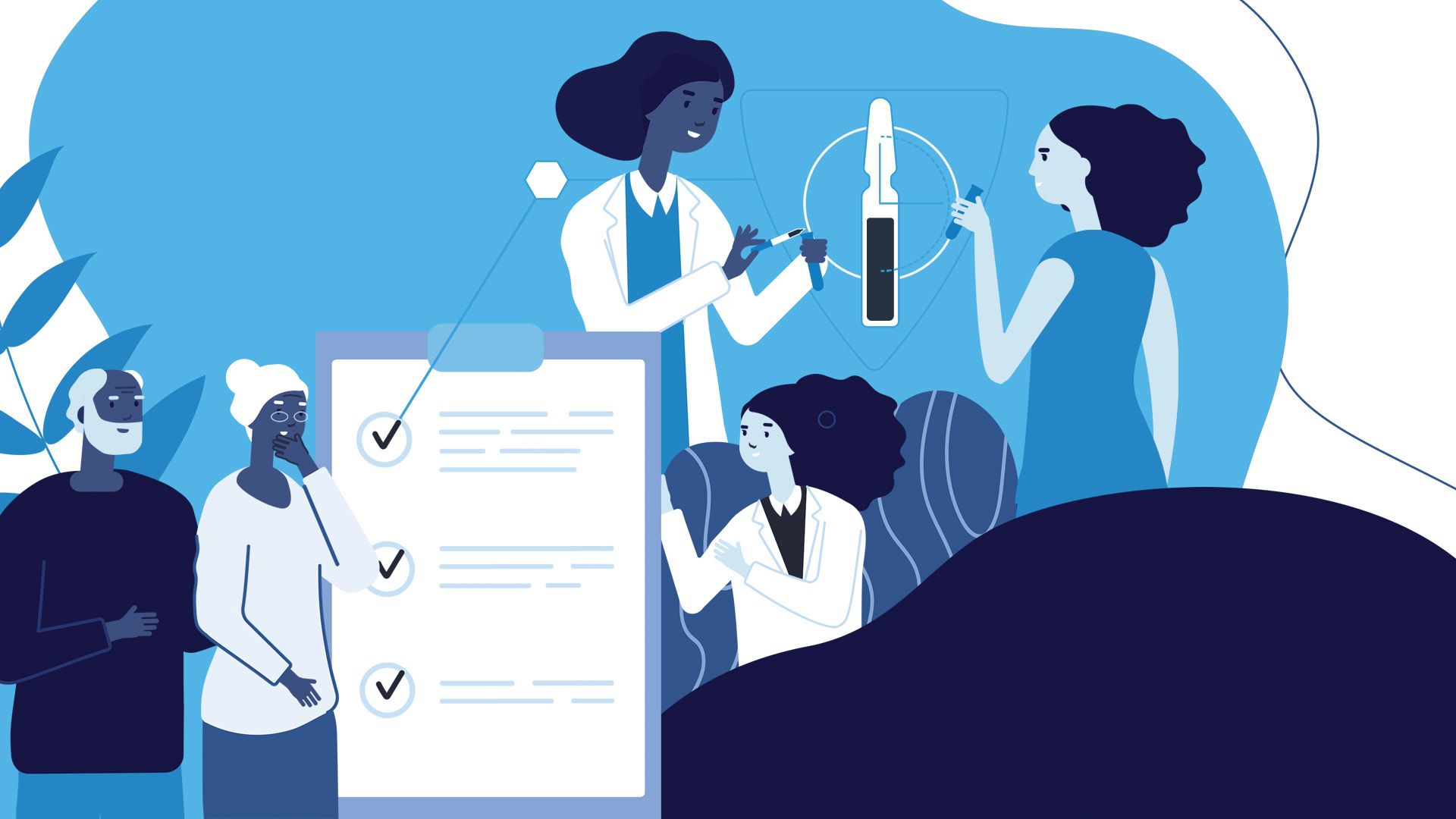
Despite the potential benefits of joining a clinical trial, some patients hesitate—fearing they’ll be treated like “guinea pigs.” Both Lonial and Patel are quick to address those concerns. They also reassure patients that their participation in a clinical trial is totally voluntary, and they are free to leave at any point.
Patel says, “When a patient is offered a clinical trial, sometimes the immediate reaction is, ‘Hey, I feel like I’m going to be a guinea pig, or I’m just going to be a test patient to test a novel treatment on with no benefit for me.’” He tries to dispel their worries. “I outline what the immediate benefits are for them as an individual, specifically what the treatments are that we’re trying to test. Secondly, I emphasize the level of care that we’re able to provide them through this trial that we just would not be able to achieve outside of the trial.”
Sagar Patel
Sagar Patel
Underscoring the levels of ethical guidelines, legal and safety regulations that must be upheld in a clinical trial, Lonial says, “We take those experiments very seriously. There are multiple levels of protection—from the disease-specific team of doctors to the institutional review board (IRB) and oversight committees. In fact, there are more eyes on a patient in a clinical trial than not.”
As it is throughout cancer care, trust is essential between patients and their clinicians. “Building trust is a critical part,” says Lonial, “not just of the journey between an oncologist and their patient, but also in the clinical trial piece as well.”
Trust is “huge,” says Clive. “If I don’t trust you, I will put my foot down and walk away. But I feel super comfortable with anything Emory would recommend.”
Personal meaning and purpose

For many, joining a clinical trial is about more than their own treatment—it’s a way to help others, to “pay it forward.” Cindy feels strongly that she’s playing a part in making treatment better for future patients. “I do feel like I’m making treatment better for other people who are fighting multiple myeloma,” she says.
Clive taking in the healing garden at Winship
Clive taking in the healing garden at Winship
Clive echoes the sentiment. A former platelet donor, he was drawn to the trial by the sense of purpose it offered. “When I realized it’s going to help a lot more people down the road, I wanted to sign up right there.”
Patel emphasizes just how essential that mindset is for advancing cancer care and science. “Patients like Clive who participate in clinical trials make a huge impact on overall cancer care,” he says. “Each trial helps guide our optimal treatment options. That wouldn’t be possible without individuals like him.”
The future starts here

Clinical trials at Winship are about more than research—they are about people: their health, their hope and their legacy.
“Every trial we open is shaping the future of cancer care,” Patel says. “It’s helping guide how we treat patients tomorrow. That’s only possible because of people like Cindy and Clive.”
Lonial agrees. “We’re trying to investigate the next best treatment—and we want to be able to offer those kinds of opportunities for our patients,” he says. He emphasizes that Winship is able to offer these opportunities because of its unique position within Emory University.
“One of the advantages we have at Winship is that we’re part of a larger universe here on this campus,” Lonial says. “We’re surrounded by a whole army of scientists, from biologists and geneticists to chemists who developed HIV and COVID drugs. That kind of interdisciplinary collaboration only happens at a university-based cancer center where everybody is asking important academic questions and trying to raise the level of knowledge for humanity.”
Patel is proud that many of the therapies tested at Winship originate from Emory’s own labs. “We take discoveries from the bench to the bedside,” he says. “We test these treatments in human beings through phases one, two and three—identifying whether they improve survival, reduce toxicity or enhance quality of life.”
For patients facing cancer, clinical trials offer more than a lifeline. They offer access, support and a chance to make a difference. In Cindy’s words, “You’re not alone in it. You have an incredible support team.”
And for many, that’s what matters most—not just in their own experience, but in contributing to improved cancer treatment for everyone.
Cindy with her daughter and son
Cindy with her daughter and son
Clinical Trials at Winship
At Winship, Georgia's only National Cancer Institute-designated Comprehensive Cancer Center, we proudly offer clinical trials that provide our patients access to new and innovative treatment options for virtually every type of cancer.
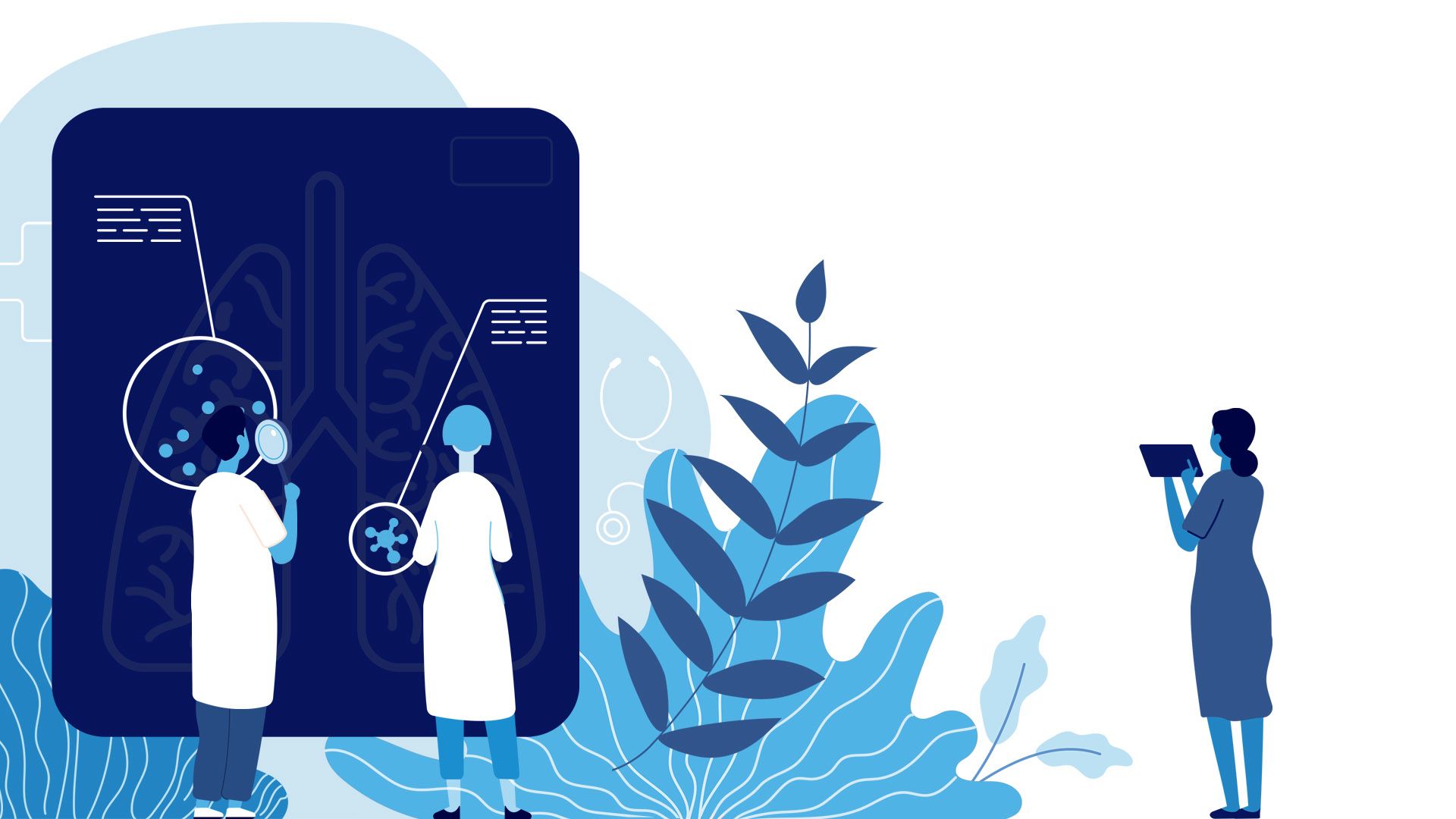
Clinical trials at Winship are about more than research—they are about people: their health, their hope and their legacy.
“Every trial we open is shaping the future of cancer care,” Patel says. “It’s helping guide how we treat patients tomorrow. That’s only possible because of people like Cindy and Clive.”
Lonial agrees. “We’re trying to investigate the next best treatment—and we want to be able to offer those kinds of opportunities for our patients,” he says. He emphasizes that Winship is able to offer these opportunities because of its unique position within Emory University.
“One of the advantages we have at Winship is that we’re part of a larger universe here on this campus,” Lonial says. “We’re surrounded by a whole army of scientists, from biologists and geneticists to chemists who developed HIV and COVID drugs. That kind of interdisciplinary collaboration only happens at a university-based cancer center where everybody is asking important academic questions and trying to raise the level of knowledge for humanity.”
Patel is proud that many of the therapies tested at Winship originate from Emory’s own labs. “We take discoveries from the bench to the bedside,” he says. “We test these treatments in human beings through phases one, two and three—identifying whether they improve survival, reduce toxicity or enhance quality of life.”
For patients facing cancer, clinical trials offer more than a lifeline. They offer access, support and a chance to make a difference. In Cindy’s words, “You’re not alone in it. You have an incredible support team.”
And for many, that’s what matters most—not just in their own experience, but in contributing to improved cancer treatment for everyone.
Cindy with her daughter and son
Cindy with her daughter and son
Clinical Trials at Winship
At Winship, Georgia's only National Cancer Institute-designated Comprehensive Cancer Center, we proudly offer clinical trials that provide our patients access to new and innovative treatment options for virtually every type of cancer.
Care tailored to your needs
Care for patients with cancer at Winship includes leading cancer specialists collaborating across disciplines to tailor treatment plans to each patient’s needs; innovative therapies and clinical trials; comprehensive patient and family support services; and a care experience aimed at easing the burden of cancer.

More from Winship Cancer Institute




